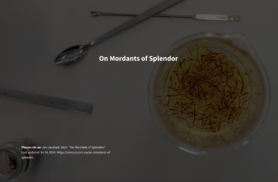Blog Posts
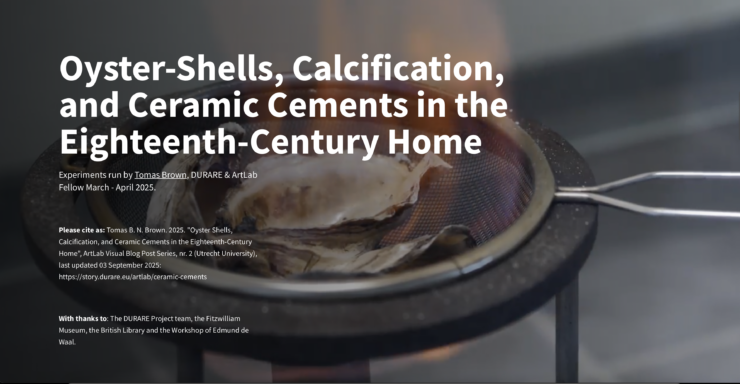 Oyster-Shells, Calcification, and Ceramic Cements in the Eighteenth-Century Home
Oyster-Shells, Calcification, and Ceramic Cements in the Eighteenth-Century Home
by Tomas B. N. Brown
This blog post focuses on the myriad methods available to eighteenth-century British householders for mending porcelain, stoneware, and earthenware objects, goods we might consider too troublesome to repair today. It investigates ‘cements’, the homemade precursors to modern mass-produced adhesives like superglue, by enacting instructions for making one of their key ingredients, quicklime, in the home. Through reconstructive methods, the post explores lime’s vitality and cultural agency by experimenting with the domestic process of calcining oyster shells in the kitchen hearth. Revealing parallels with lime’s industrial production and use in the early British porcelain industry, it seeks to situate domestic cement recipes within broader eighteenth-century cultures of experimentation, recycling and consumption. The post is an output of a two-month fieldwork fellowship in the ArtLab with the DURARE project in early 2025, undertaken as part of a doctoral project at the University of Cambridge.
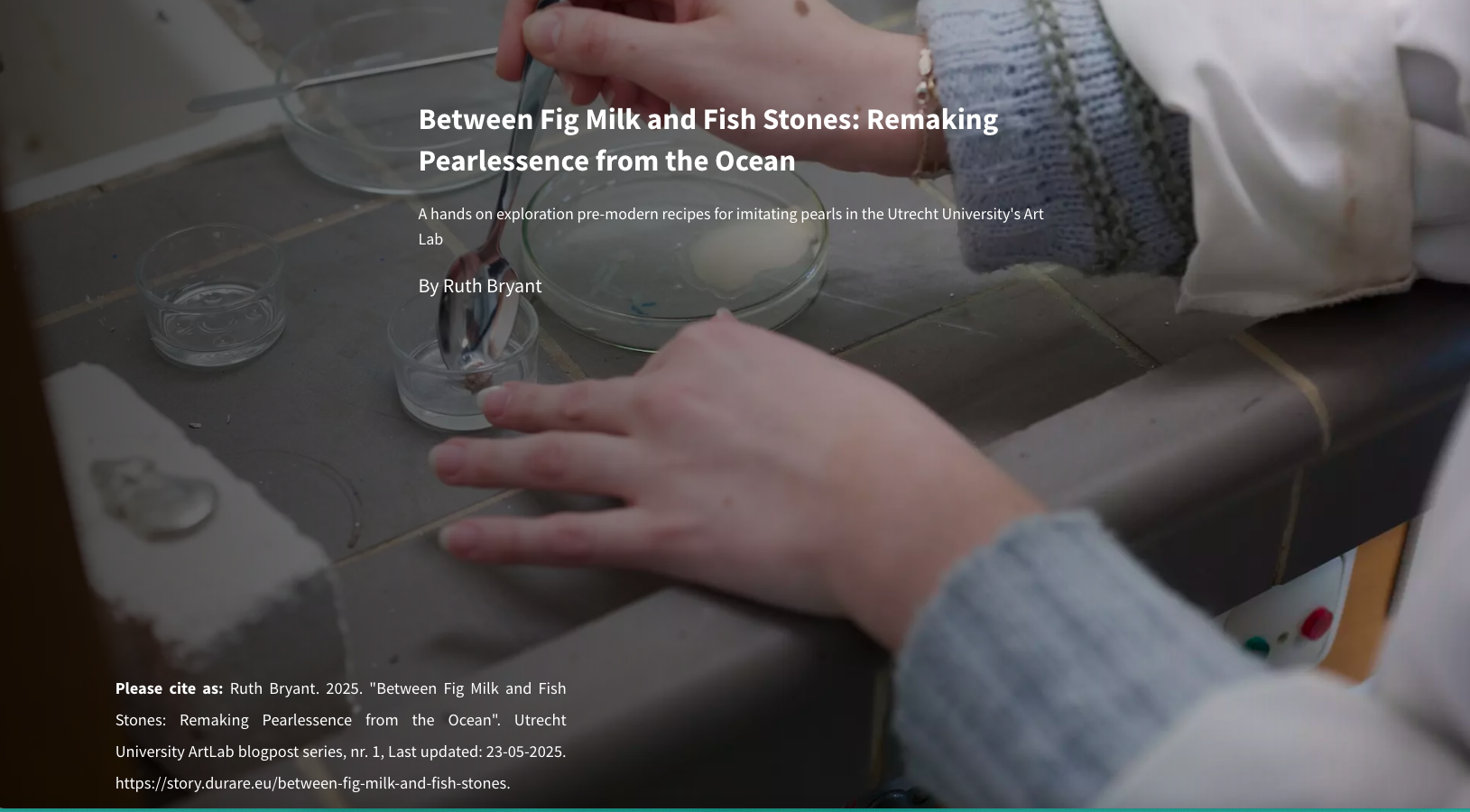 Between Fig Milk and Fish Stones: Remaking Pearlessence from the Ocean
Between Fig Milk and Fish Stones: Remaking Pearlessence from the Ocean
by Ruth Bryant
This blog post explores three fifteenth-century recipes for imitation pearls, examining how artisans mimicked natural materials and engaged with naturalistic knowledge during the Renaissance and Early Modern Period. Through hands-on experimentation and historical reconstruction, the project investigates the processes of making and various materials that affect the visual and physical qualities of the remade pearl. By comparing the outcomes of different recipes, this work reflects the meaningful convergence between artistic and naturalistic knowledge and practice. This project was conducted at the University of Utrecht’s ArtLab in the context of the RMA in Art History, in collaboration with the DURARE project.
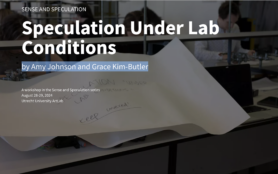 Speculation Under Lab Conditions
Speculation Under Lab Conditions
by Amy Johnson and Grace Kim-Butler
What is a laboratory? What was a lab 100 years ago? 2500? What is a lab today, in the era of computational tools? What else can a lab become?
This blog post, the result of a workshop in the Sense and Speculation series (August 28-29, 2024) held at the Utrecht University ArtLab, sets out to explore both labs and imagination itself. To do so, we designed experiments that combined speculative fiction writing and hands-on sensory making. Labs and speculative fiction—an umbrella term that includes science fiction, fantasy, weird fiction, slipstream, magical realism, fabulism, and more—pair curiously well together. Labs not only produce discoveries that inspire speculative worldbuilding, they are themselves already steeped in speculation. The scientific imagination guides research questions, methods, and analysis. And more than that, labs exist as spaces set apart, carefully controlled to bridge the real and the not-quite-real.
By Jan van Daal
How can a mordant for gilding – the sticky substance that adheres gold leaf to a surface – add to the splendor of a gilded work of art? Durare’s PhD candidate Jan van Daal organized a hands-on session as part of the Lorentz Center interdisciplinary workshop on Gold & Mercury in June 2022. A group of scholars came together in the Utrecht University ArtLab to interpret the medieval recipes through hands-on experimentation. Jan devised three experiments based on recipes from a medieval compilation titled De diffirentia. Its recipes instruct to tint the mordants with saffron, a golden-yellow spice that throughout history has been exceptionally expensive. These mordants served as adhesives for lustrous gold leaf, but adding saffron would have made the mordants themselves splendid and costly materials too. What would it be like to make and work with such splendid adhesives?
Read our newest blog post to discover how the shared hands-on experience generated new questions about the making processes, appearance and handling properties of mordants. The experiment helps us think not only about what the ancient texts we studied meant, but also the complex relations between mordants and splendor.
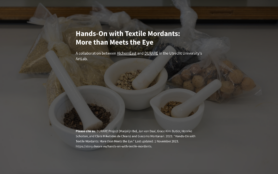 Hands-On With Textile Mordants: More Than Meets the Eye
Hands-On With Textile Mordants: More Than Meets the Eye
by the DURARE Project (Marjolijn Bol, Jan van Daal, Grace Kim-Butler, Henrike Scholten, and Clara Mikellides de Chiaro) and Giacomo Montanari.
Have you ever wondered why dyes stick to fabrics, rather than disappear when you wash them? The stuff that chemically fixes a color to a textile is called a mordant. The word comes from the Latin vero mordere, which literally means to bite. Historically these could be various substances: rusty nails or powdered alum, the husks of walnuts, even the roots of rhubarbs. In March, the DURARE team got together with AlchemEast chemist Giacomo Montanari to explore mordants from an interdisciplinary, open-ended point of view. Over the course of three days we transformed the ArtLab into a makeshift dyeing workshop. Talking about what keeps substances together can be a great way to help us think about dyeing in historical, chemical and other terms.
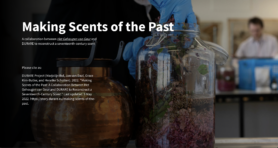 Making Scents of the Past (eng)
Making Scents of the Past (eng)
Making Scents of the Past (nl) Vervlogen geuren distilleren in het KunstLab
In 2021-2022, DURARE collaborated with the KNAW Young Academy project—Het Geheugen van Geur—to reconstruct a seventeenth-century fragrance created by Constantijn Huygens. Multi-disciplinary researchers from the humanities and sciences came together at the Utrecht ArtLab to follow Huygens’s recipe and distill a mixture of flower petals, spices, and herbs. In the blogpost “Making Scents of the Past” the DURARE team explains how we went about the reconstruction and discusses the importance of such laboratory work for historical research on durability. For the Dutch translation, see “Vervlogen Geuren Distilleren“.
The results could be smelled during the exhibition Constantijn Huygens. Geuren en Beelden at the museum, Huygens’ Hofwijck, 6 April – 3 July 2022.


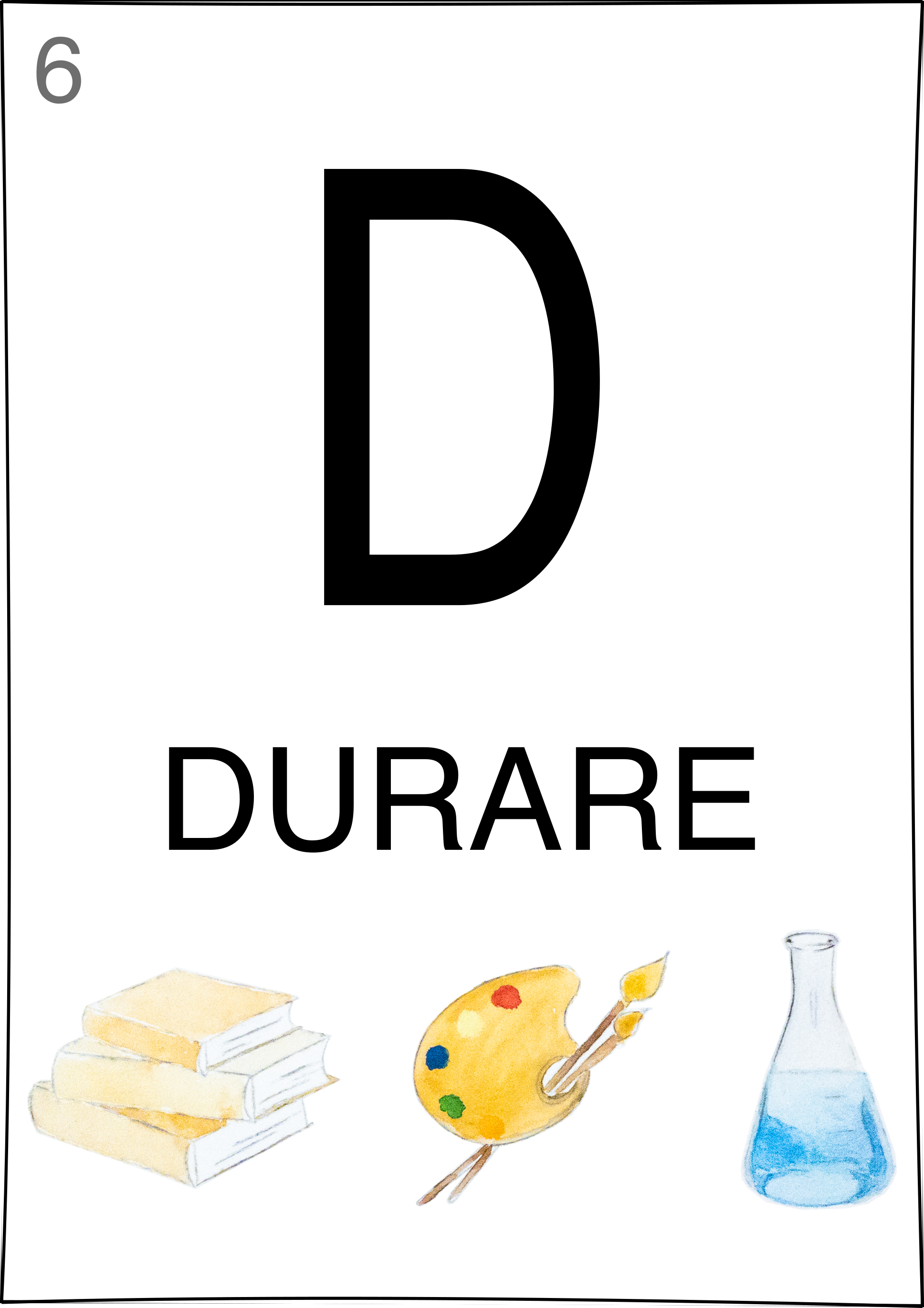
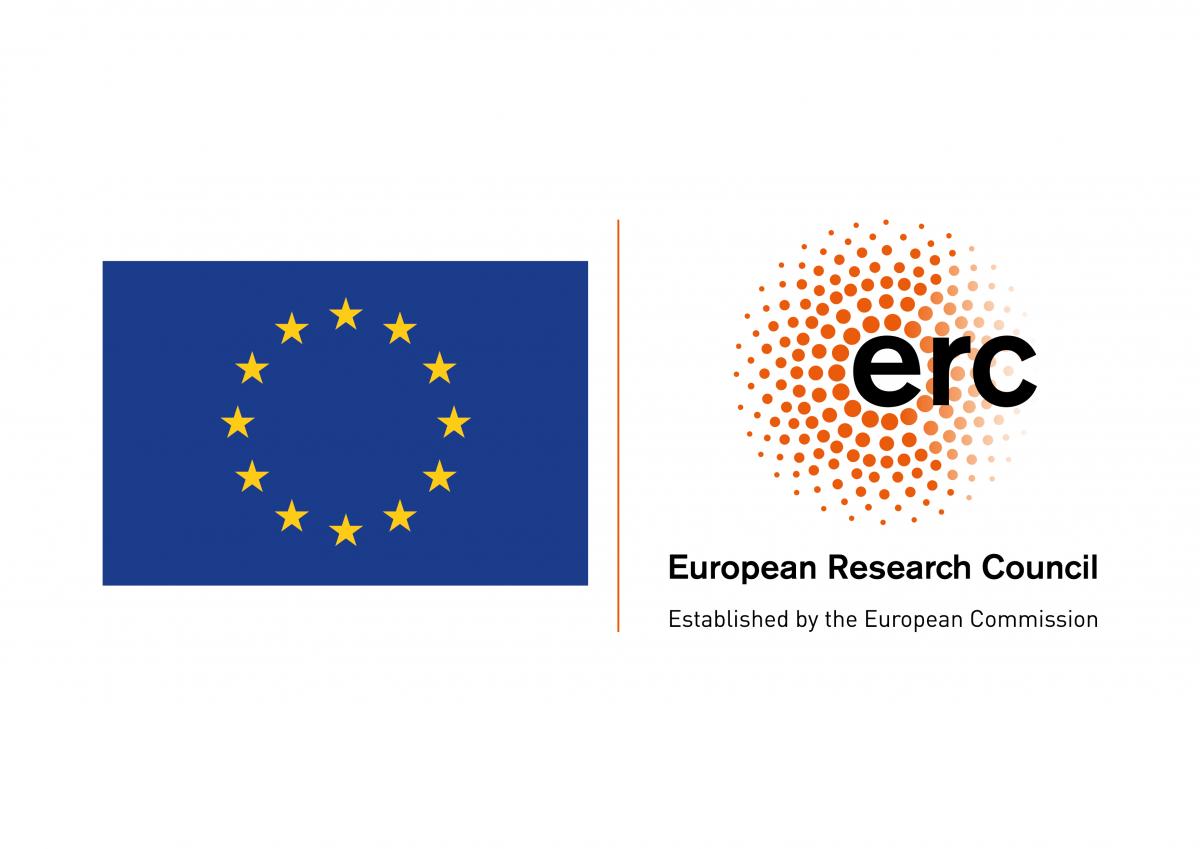
 @erc_durare
@erc_durare
